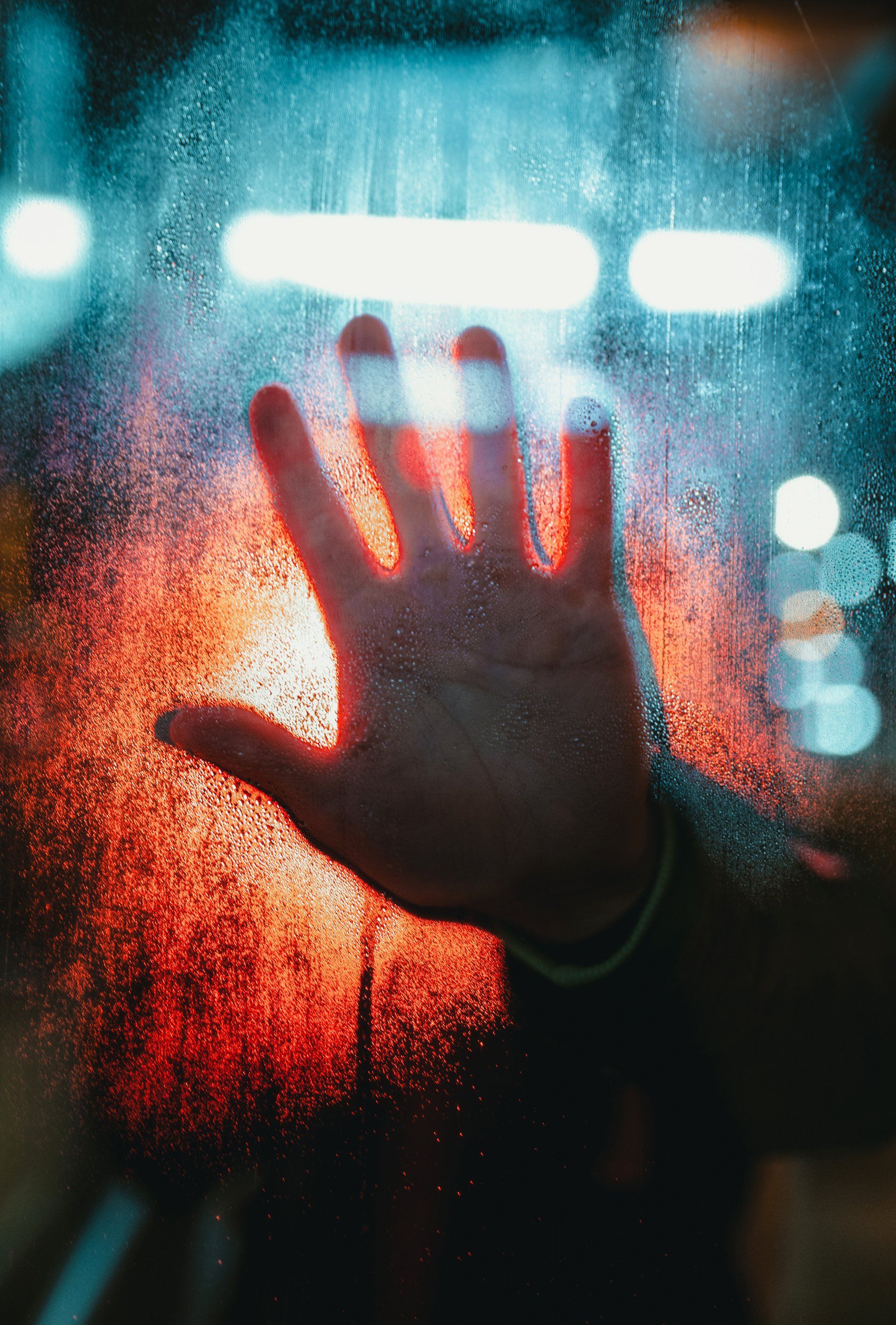UV-LED ‘highly effective’ at inactivating human coronaviruses and HIV-1
“This cost-effective prevention method may be an important and practical adjunct to existing disinfection strategies to minimize transmission of communicable diseases in public places.”
Ultraviolet (UV) light has been used for decades as a useful method of disinfection against a wide range of microorganisms. A new study has proved that ultraviolet light-emitting diodes are an effective way to decontaminate by inactivating two viruses, the human coronavirus 229E and human immunodeficiency virus.
There’s more. The same dose of ultraviolet light that inactivated human viruses also completely inactivated ultraviolet-resistant bacterial spores called Bacillus pumilus, making it a ‘gold standard’ for ultraviolet disinfection.
Once more, science proves that just a few seconds exposure to ultraviolet light-emitting diodes can inactivate viruses and bacteria, making it a
‘useful and practical tool for broad sanitisation of public spaces’.
Read on to find out more.
How covid is inspiring new disinfection tech
Thanks to covid scientists the world over are busy developing technologies to deliver frequent, high-throughput disinfection, especially in busy public places. Conventional chemical disinfectants are effective, but large scale deployment just isn’t practical thanks to the hazardous chemicals they contain and the sheer amount of manpower required.
Ultraviolet radiation, when automated, creates a reproducible germicidal dose and is already used to inactivate microbes, including several types of viruses. The LED versions of UV lamps provide the same level of decontamination as conventional mercury lamps, but can be easily retrofitted to a range of ordinary overhead light fixtures.
How UV kills the virus
In science language, this is how it works:
‘The nucleotide bases of DNA and RNA absorb UV photons to disrupt the structure of nucleotide sequences, introducing ‘roadblocks’ in genome replication.’
In other words the light damages the virus’ DNA and RNA so badly it can’t reproduce, stopped in its tracks and unable to make a person ill.
Testing UV LED on HIV-1 and seasonal human coronavirus 229E
The study reveals
‘significant reductions’ in viral replication within seconds of UV-LED exposure, adding to an already large body of research proving the virus-killing power of LED UV as well as suggesting their use in high-contact public spaces.
Because UV-LEDs are low cost and easily installed into existing light fixtures, they provide a ‘highly efficacious layer of protection’ against pathogens like covid,
‘particularly in times of an ongoing respiratory virus pandemic’.
The UV-LED equipment and method used for the study
- Two sets of UV-LEDs were used, consisting of nine 275 nm LEDs in a 3 × 3 array, and twenty 380 nm LEDs in a 4 × 5 array
- These were places around 5 cm from an irradiated sample, with each array delivering between 0.4 and 0.6 mW/cm2 of UV light
- The maximum irradiation time was 30 seconds and the total dose was 8 mJ/cm2 to 20 mJ/cm2
- The area illuminated was a lot bigger than the irradiated sample, totalling around 10 cm by 20 cm, 200 cm2
How did the LED UV disinfection perform?
The research reveals the effectiveness of UV-LEDs in decontamination by inactivating UV-resistant bacterial spores, HIV-1, and the human coronavirus 229E. The team believes their experiments showing inactivation of the B. pumilus spores, known for their high level of UV resistance, are a good early indication that ‘routine disinfection of high-contact, public spaces may mitigate the risks of transmission’.
UV-LEDs come with many advantages. They are low cost. They can easily be fitted to automatically sanitise offices, shopping centres, gyms, public transport and more. As such they also make a useful addition to existing prevention methods. And while it may not be possible to 100% sterilise a public spaces, the
‘routine disinfection of high traffic spaces with iterative UV exposures throughout the day’ can reduce the transmission of infectious diseases. The work
‘adds to growing literature’
proving UV-LEDs work beautifully for disinfection against all sorts of pathogens.
Let’s talk LED UV covid disinfection
Want to know more? Contact us or
take a look at our brilliant UVC LED products.
- Source: https://virologyj.biomedcentral.com/articles/10.1186/s12985-022-01754-w
- Citation: Persaud, A.T., Burnie, J., Thaya, L. et al. A UV-LED module that is highly effective at inactivating human coronaviruses and HIV-1. Virol J 19, 29 (2022). https://doi.org/10.1186/s12985-022-01754-w










